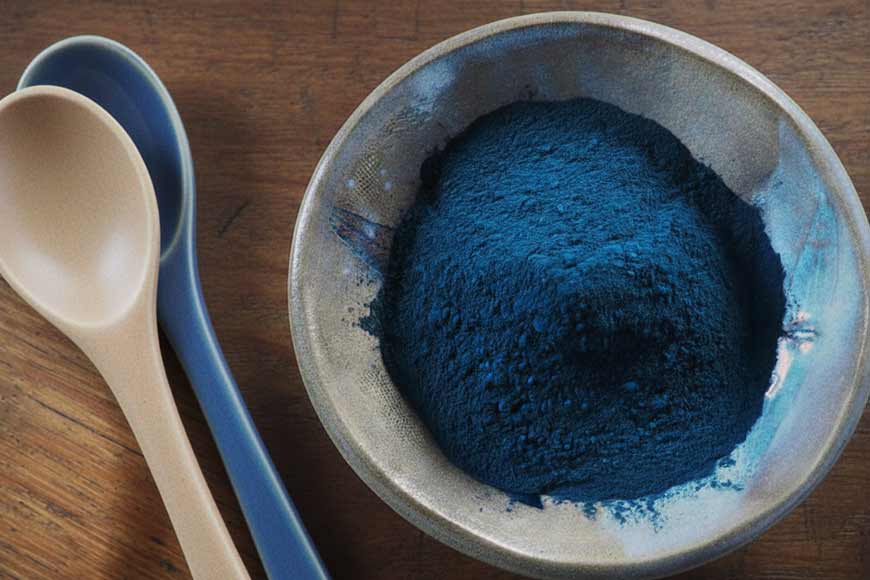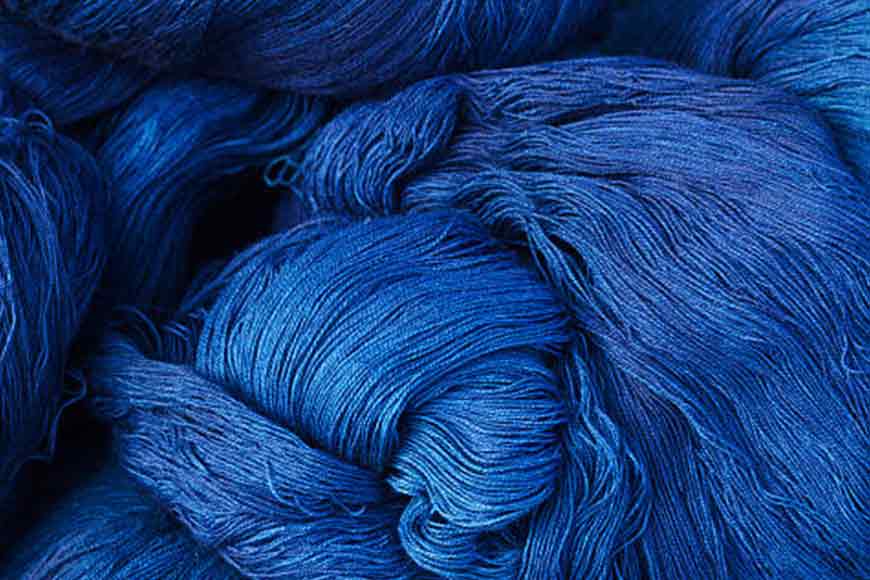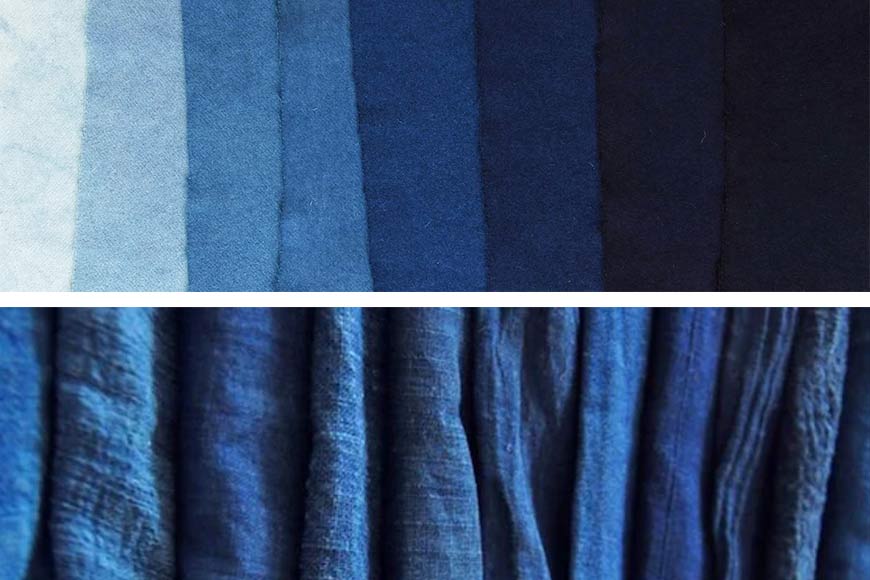Bengal’s indigo shaped a million-dollar global market, from Europe to Egypt - GetBengal story

Indigo signifies the struggle of Indian peasants during the British Raj, when the demand for the dye in the European textile industry sharply rose. Bengal is the living history of the “Indigo Revolt”, held in 1859, just after the Indian Rebellion. Indigo was introduced in the country in 1777, but it took some years to start cultivation and achieve high returns through commercialisation. This later led the peasants to tolerate cruel treatment by the British rulers. However, it is often understated that Indigo plays a crucial role in strengthening the global fashion industry with innovations like Denim. From India’s cricket team to the attire of Lebanon’s Sheikhs, blue is a colour of nationality and royalty.
First used in India, the name Indigo comes from the Greek word Ἰνδικόν (Indikón), meaning “product of India.” The dye was first introduced back in 1777, and gradually it spread across vast regions, including Burdwan, Bankura, Birbhum, North 24 Parganas, Nadia, Jessore, and Pabna. Within a few years of starting the cultivation, Bengal became a notable production hub, housing more than a thousand indigo factories by 1830.

Boasting a rich history of cultivation, this natural dye has reshaped the global fashion and economy in parallel, due to its high demand and sustainable traits. Considering public health and environmental well-being, synthetic dyes started getting avoided, and the natural dye, like Indigo, captured the global market. Since artificial colours release nonbiodegradable and carcinogenic waste, polluting water, land, and the environment, natural dyes have become the best choice for both humans and the environment.
Backed by the hardships of Bengal’s peasants, along with those across India, indigo travelled across the world and established a strong presence in the global textile market. For example, Ethiopia, a developing country in East Africa, became a hub for cultivating Indigofera indigo, which gradually became a pillar of the textile industry of that country, standing as an economic support as well. On the other hand, Europe is another present user of Indigo, housing a $13 million market.
Furthermore, Egypt also encountered Indigo use in the wrappings of mummies as a medium of rebirth and protection. According to Egyptian beliefs, blue symbolises heaven, rebirth, and represents the sky and the Nile River's life-giving waters.
Noteworthy point is that when denim was invented, it contained the vibrant blue hue, made from indigo. In the 19th century, denim was invented for workers who needed a strong fabric, and this is where indigo was used explicitly. Mentionable, Levi Strauss and Jacob Davis created denim jeans for workers during the California Gold Rush, and later, the jeans became the symbol of the elite class, and then it turned out as regular attire.

Being a centre of indigo production, Bengal suffered, struggled, and wrote history. Yet, the irony remains– the state still does not receive the recognition it truly deserves. The foreign fashion industry, relying on natural dye, is indeed getting recognition globally, but often overlooks the sacrifice, contribution, and hard work of Bengal and India as a whole.










